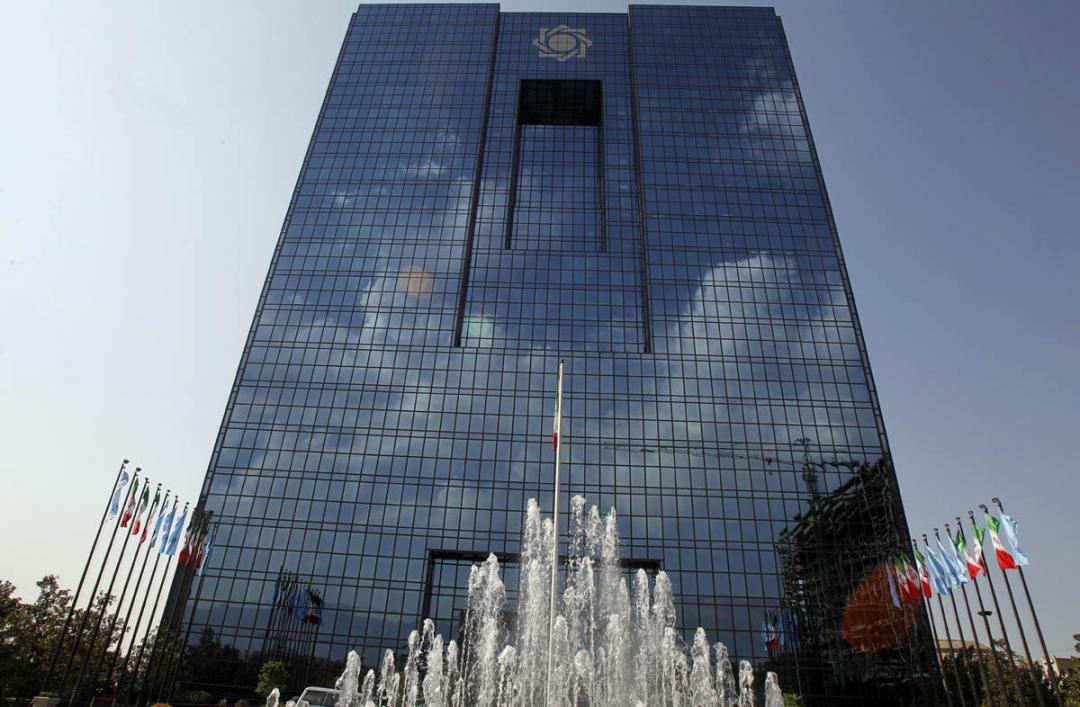T he Central Bank of Iran is considering changing the base year, for calculating its indices and statistics, to 1395 (the Iranian year starting March 2016), the PR office of the central bank quoted the director general of economic statistics of bank as saying on Tuesday.
The base year is the first of a series of years in an economic or financial index, which is normally set to an arbitrary level of 100. Any year can be chosen as a base year, but typically recent years are chosen to avoid high base effects. A base year is the year used for comparison for the level of a particular economic index.
The directorate of economic statistics is responsible for collecting economic data and preparing related reports, as well as publishing price indices for consumer goods and services and the retail price for food.
Alireza Moghtadayi said a special committee within the CBI is tasked with conducting a full study over the economic status of the country in the next Iranian year to consider changing the base year to its following year.
“The processes used for data collection and statistics production in the central bank have gone through various changes,” Moghtadayi said, adding that in Iran the price indexes were calculated for the first time in 1934, and were continuously calculated and revised in the following years until 2011.
The base year needs to be updated to incorporate recent changes in the basket of goods and the economic behavior of the households in the calculations, he said, as introducing more up-to-date base years periodically helps to keep data current in a particular index.
Use of New Technologies for Statistics
When asked if new technologies are utilized in producing the statistics by the CBI, the official said now the bank is utilizing hardware and software products developed upon the studies conducted in its information technology (IT) department.
“With advancement achieved in the IT sector, the CBI is now able to make use of internet-based data exchange systems,” he said.
While the data base is headquartered in the CBI, the bank’s agents in other cities send the data via online integrated systems for different divisions of the central bank which then process the data, he added.
By means of web-based systems, the CBI no longer uses paper-based questionnaires, said Moghtadayi, “As the data can be sent to the bank from the original place where they are produced.”
PPI Down
The year to date producer price index (PPI) has decreased from 20.4 percent in the period ending Sept. 21, to 19 percent for the period ending in Oct. 21, said Moghtadayi.
“The changes in PPI indicate that although the prices of goods have increased in the 12-month period, the pace of the increase has slowed down,” he said, anticipating that the inflation index will follow the same trend.
When asked if producers are being reluctant to produce any more goods and if that could have caused the present slow down in prices, Moghtadayi pointed to the 4.6 percent growth in the first quarter of the current Iranian year (March 22-June 21).
“Had the production not grown in that period, the manufacturing sector would have gone through recession,” he said, adding that more goods needed to be imported to Iran, which could have resulted in an increase in the producer’s price index.
However, this was not the case, as neither the PPI increased nor the economic growth was negative, he said.
Economic Status, Perspective
The CBI’s director general of economic statistics anticipated “partial stability” to be continuing in the market, according to the current statistics held by the CBI.
“The economic perspective would be positive,” said Moghtadayi, which in turn helps the prosperity of businesses, enhances trust of investors, and contributes to economic growth.
Positive prospects can be derived from the seasonal statistics, he said, anticipating stability in the sectors of industry and services.
When asked if the inflation rate anticipated by the government can be realized, he said “the anticipation of the government for the inflation rate was 20 percent, which has already been achieved,” as the inflation rate is slightly more than 18 percent now.
Further reduction in the inflation rate could even be expected, he said, “regarding the successful performance of the government in domestic and international arena.”
He described “statistical literacy” – the ability to understand statistics – as a necessity for people in modern society, adding that people have currently come to a moderate understanding of the significance of statistics.
“They are now more sensitive to statistics,” he said, adding that this is the responsibility of the media to enhance public awareness of the issue. “People must also learn to see who is giving them the statistics before they can make sure about its originality,” he added.


